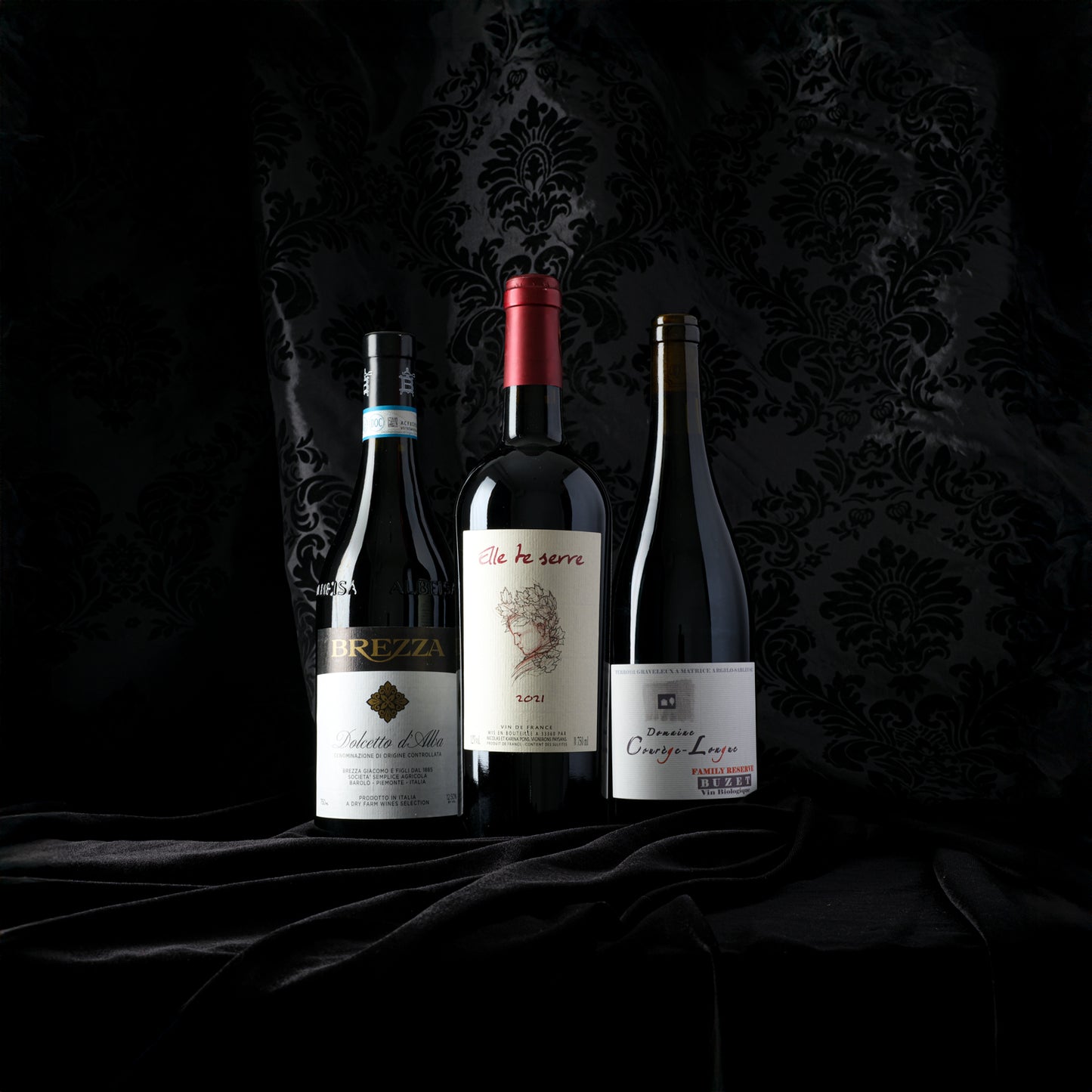
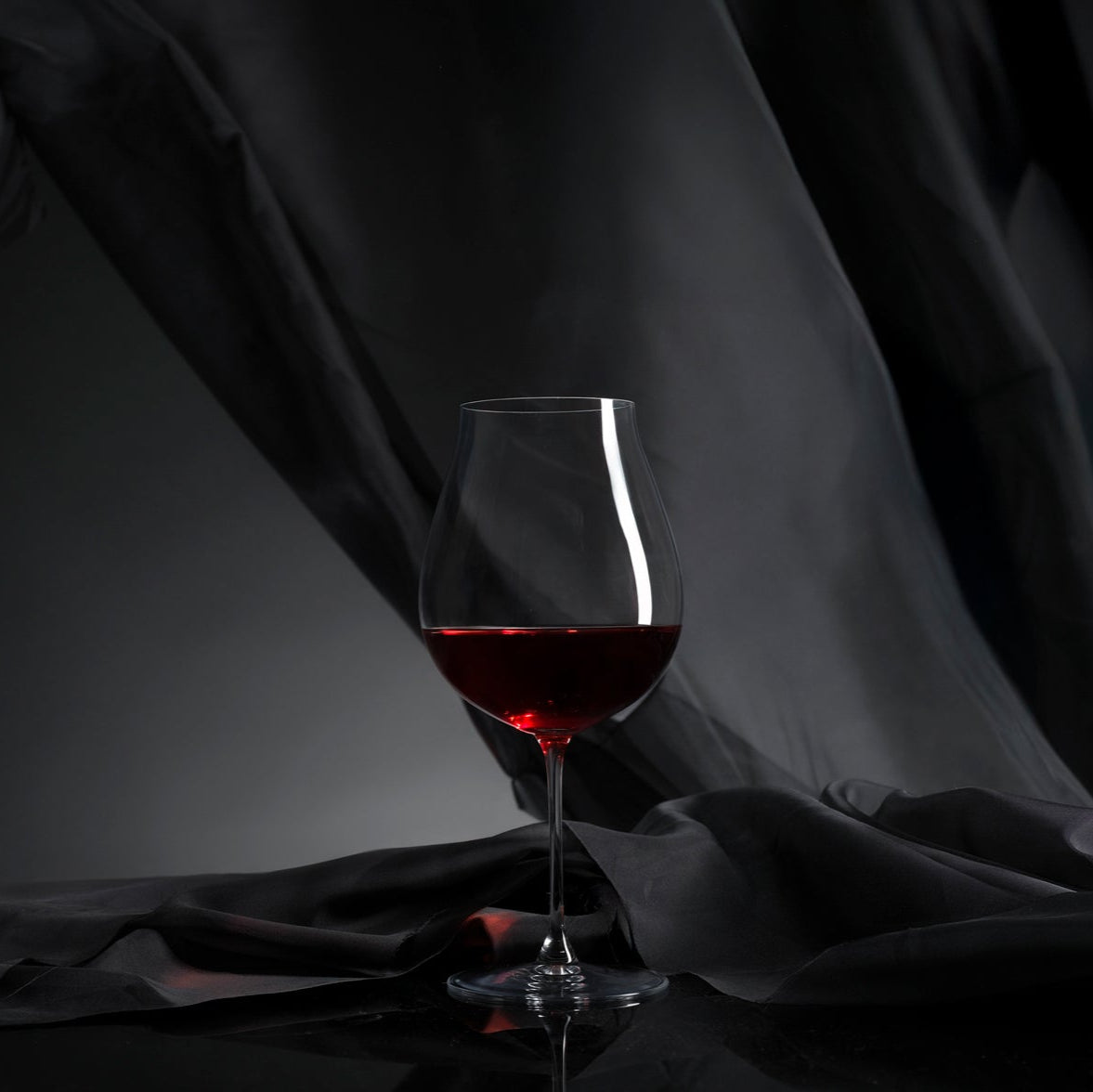
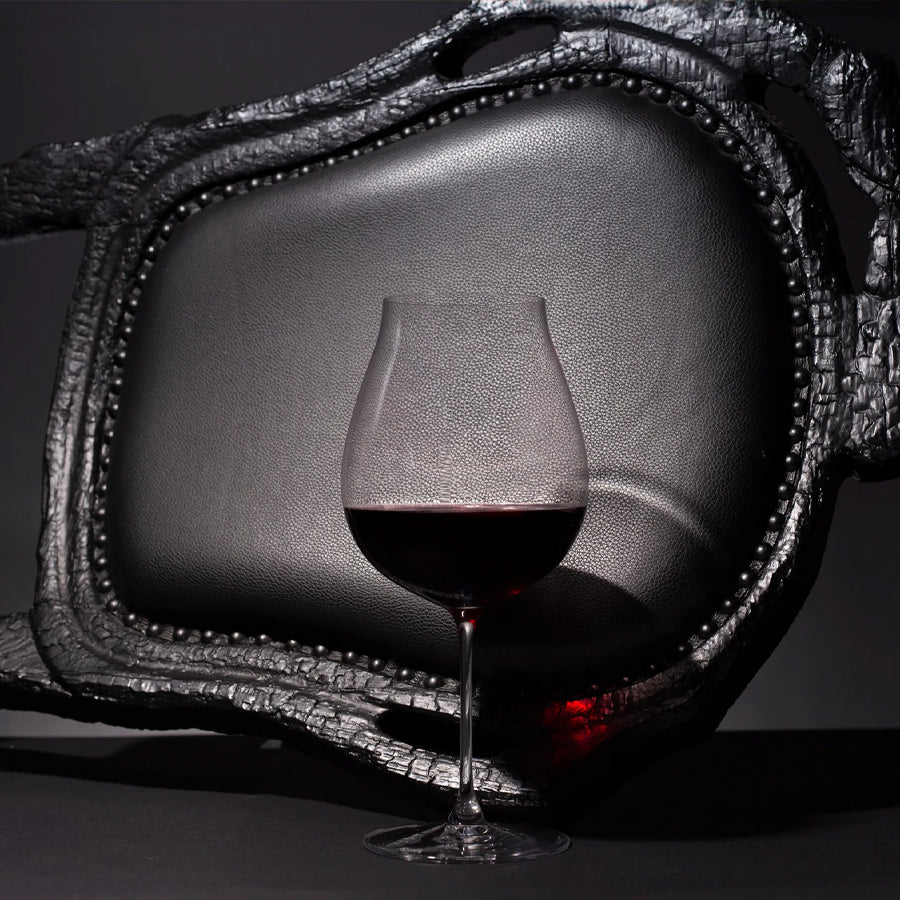
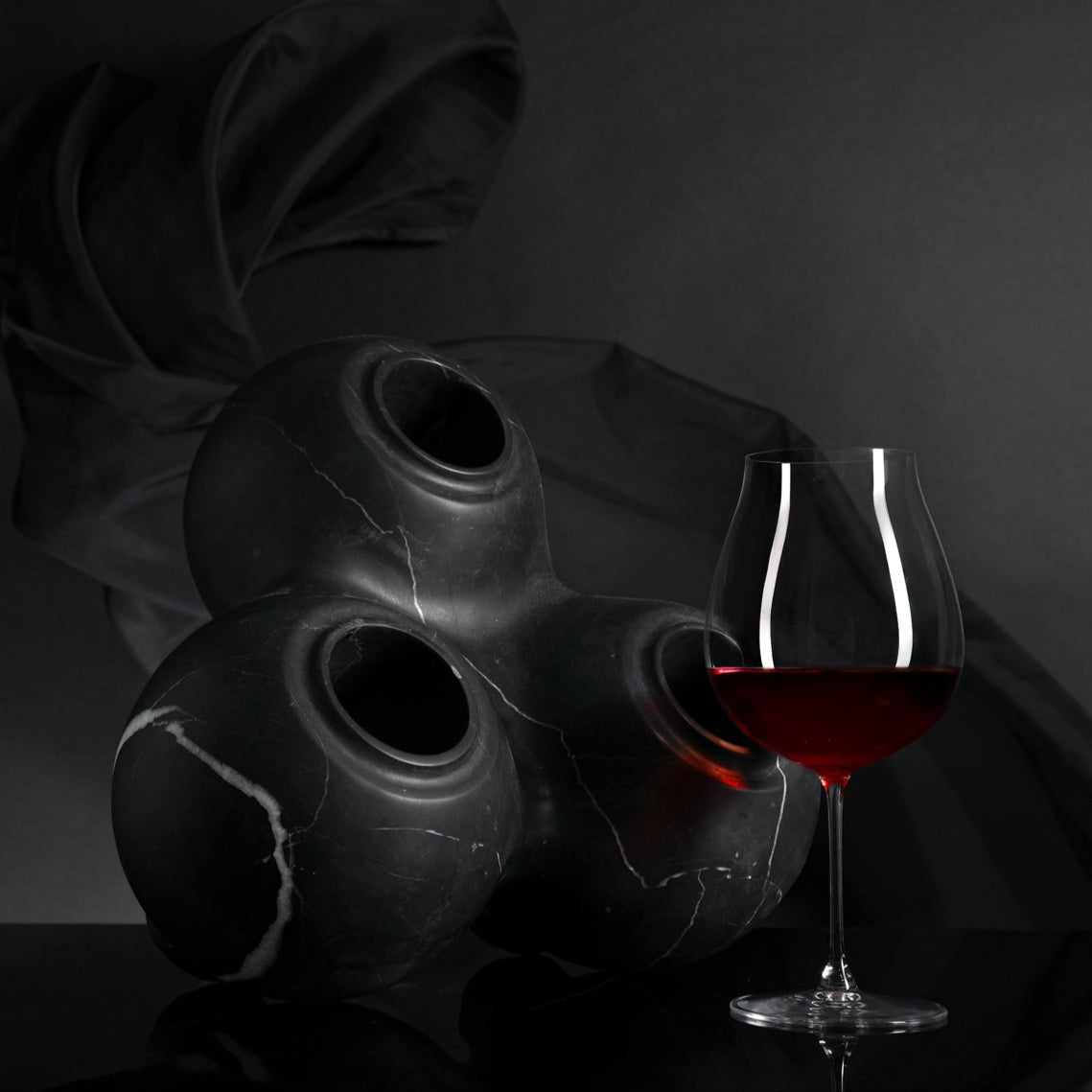
Spring Release Wines
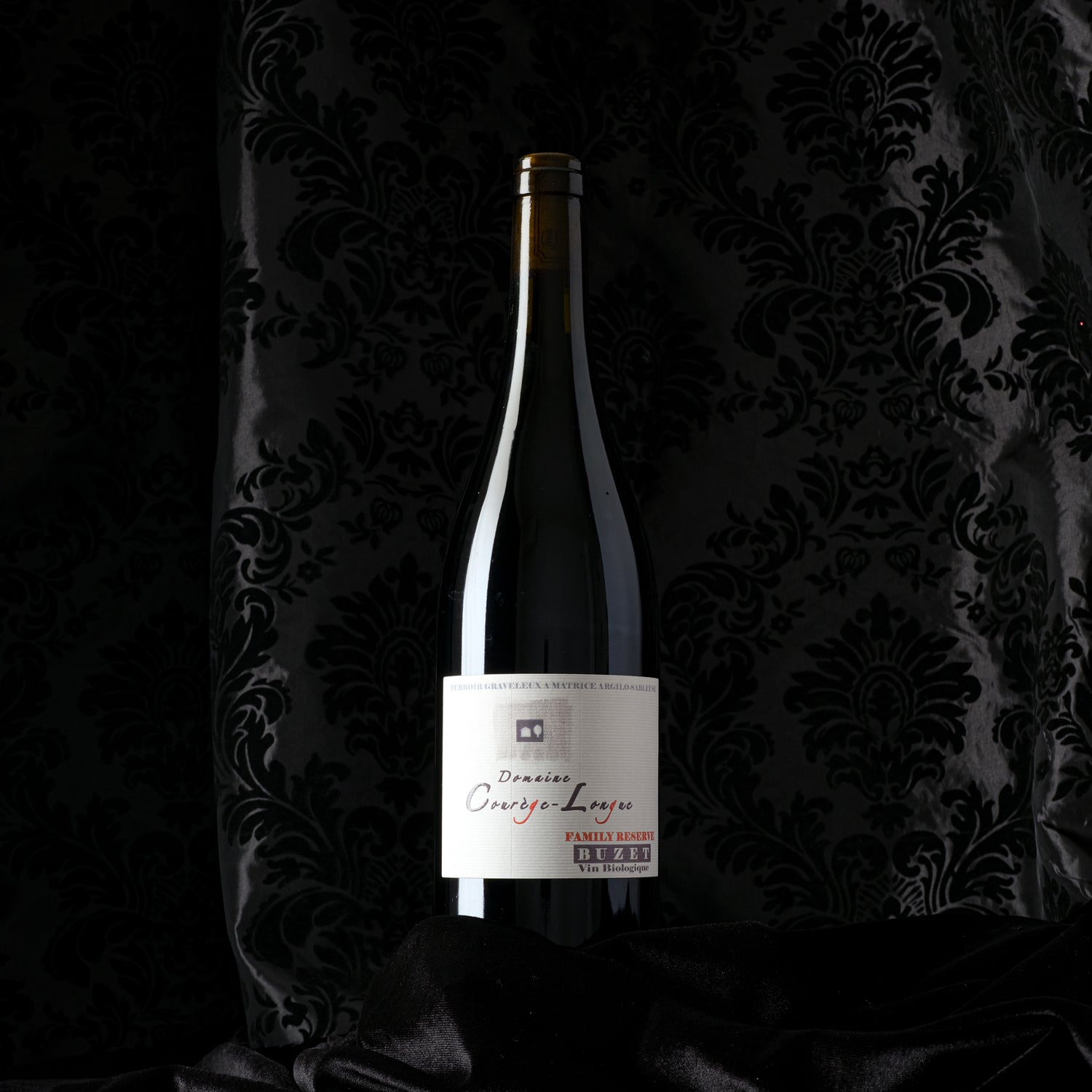
2018 Domaine Courège-Longue Family Reserve
Varietal
50% Merlot, 25% Cabernet Franc, 25% Cabernet Sauvignon
Stemware Recommended
Bordeaux Stem
Drinking Window
Now to 2029
Tasting Notes
Opening with vintage aromatics of black currant, mineral slate, vanilla, and a touch of cigar box, the palate introduces these same elements but with great depth and softness. The wine drinks halfway between Bordeaux and the most serious of Beaujolais, bringing pleasure and pensiveness in equal measure.
Local Pairing Suggestions
Poulet à la bordelaise, aged Chèvre cheese, Foie Gras
12.15% Alcohol | 57°F Serving Temp | Decant? Yes, for 30 minutes
The Grower
Although the small region of Buzet may not be a household name, its ancient, unsung soils bordering the Garonne river have come to life in the wines of Domaine Courège-Longue. Planting vines at the greatest possible density of 5,500 vines per hectare yields wines of uncommon concentration and nuance, while uncompromising farming without manmade chemicals provides a transparent picture of a unique terroir.
The Vineyard
| Vineyard Altitude | Vine Age | Soil Type |
| 165m | 35 years old | Gravel with a clay-sandy matrix |
Nestled at an altitude of 165 meters, Domaine Courège Longue is a testament to dedication and passion. 35-year-old vines thrive in Buzet’s gravelly soils with a clay-sandy matrix and south-facing exposition.
The Vintage
The 2018 vintage stands out as one of the best, thanks to a warm summer and dry weather that created ideal conditions for the harvest. The grapes were carefully handpicked around their normal times, starting with Merlot in early September, followed by Cabernet later in the month.
Winemaking
Destemming and 15-day maceration in open concrete tanks. No sulfites added, with native yeast fermentation, gentle punch-downs, and rack-and-return techniques.
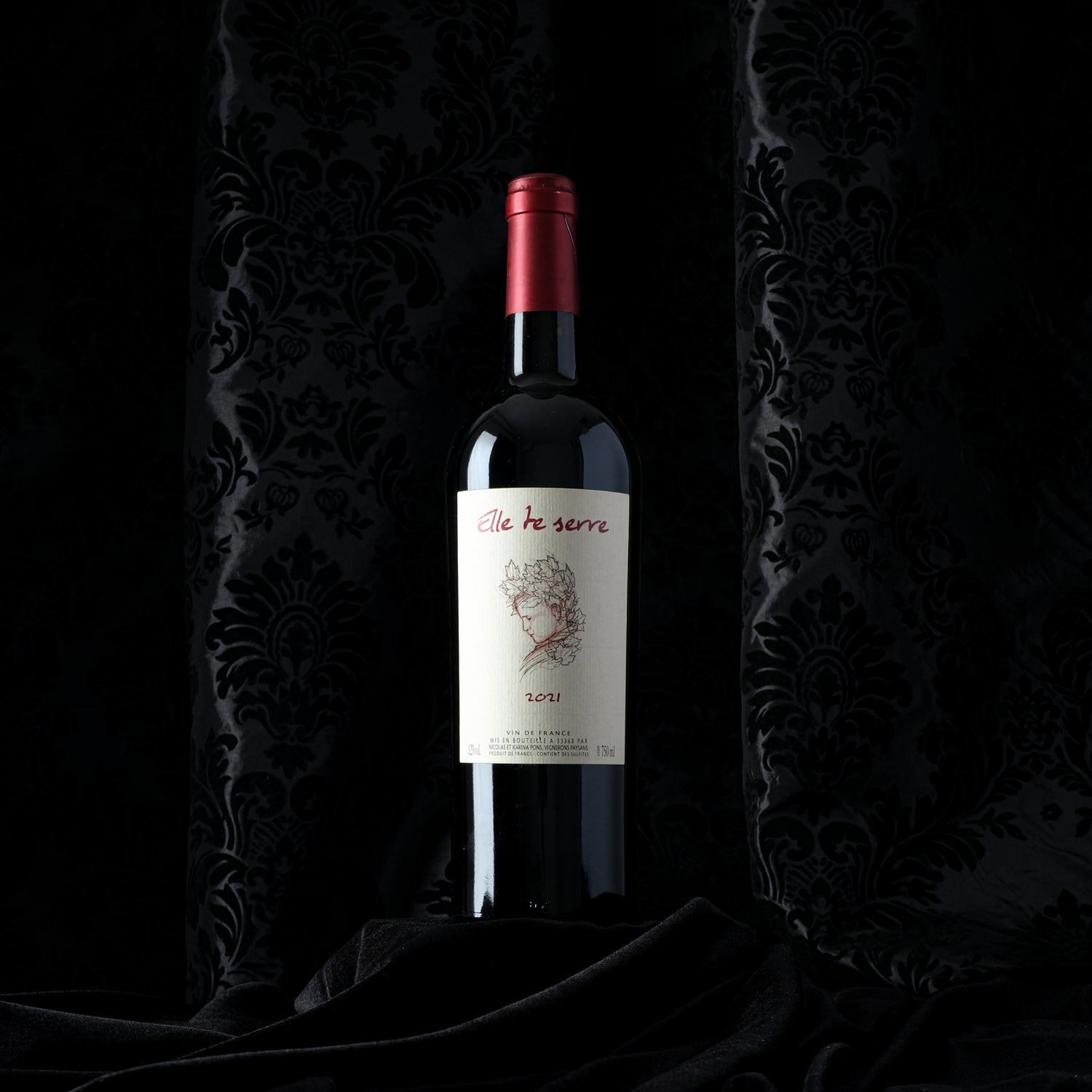
2021 Domaine de Sentout Elle te Serre
Varietal
70% Merlot, 30% Cabernet Sauvignon
Stemware Recommended
Bordeaux Stem
Drinking Window
Now to 2029
Tasting Notes
Opening with a nose that invites comparisons to some Napa wines, it presents mountain fruit, attractive Eucalyptus notes, and hints of mint. On the palate, a fruit basket of pure black currant and Italian plums meets a lovely seriousness and structure. Firm front-to-back tannin, full, pure fruit, and a lingering, broad finish leave you wanting more.
Local Pairing Suggestions
Local Beef stew, Braised duck over vine cuttings, grilled vegetables with Sauce Bordelaise
11.95% Alcohol | 57°F Serving Temp | Decant? Yes, 30 minutes
The Grower
Bordeaux is a place of tradition, and as a third generation winemaker, Nicolas Pons carries the care his family gave his historic soils with him. The Sentout domaine sits at a place called the “Green Lung” of Bordeaux, right below the meeting of the Garonne and the Dordogne rivers at a famous place called the Entre-deux-Mers, or “between two seas.” The estate is a biological explosion, trees teeming with animals and plant life all around, showing the family’s commitment to preserving the area’s biodiversity. His soils are varied too, moving from the famous gravel of the left bank to the more common sand and clay of the right (peppered with a bit of limestone, a bit uncommon for the region).
The Vineyard
| Vineyard Altitude | Vine Age | Soil Type |
| 40m | 30 year old Merlot Vines & 50 year old Merlot and Cabernet Sauvignon | Sedimentary Soil with alluvial stones from the Garonne River |
Two vineyards are blended to create the Elle te Serre. The one hectare “Sentout” and the almost two hectare “Château” vineyards hold old vine, organically-farmed Merlot and Cabernet near the famous Garonne river. Situated on the clay-rich right bank on a relatively flat plain, the soils provide an ideal foundation for late-ripening Cabernet Sauvignon and full-fruited Merlot. The name of the wine, "Elle te Serre," translates to "She serves you," a reference to these old vineyards that the winemakers' father planted some fifty years ago.
The Vintage
Overall a cool but solid year. Fairly humid beginning of the year moving into Spring, followed by sunny & warm summer – producing a fresh, fruit-forward, well-balanced wine. The “sentout” plot was harvested on September the 18th & the “chateau” plot was harvested on October 5th. The grapes are picked just before full maturity to preserve fresh aromatics.
Winemaking
Controlled, low temperature, slow fermentation and slow extraction with native yeasts. Pumpovers every day followed by very light filtration before bottling.
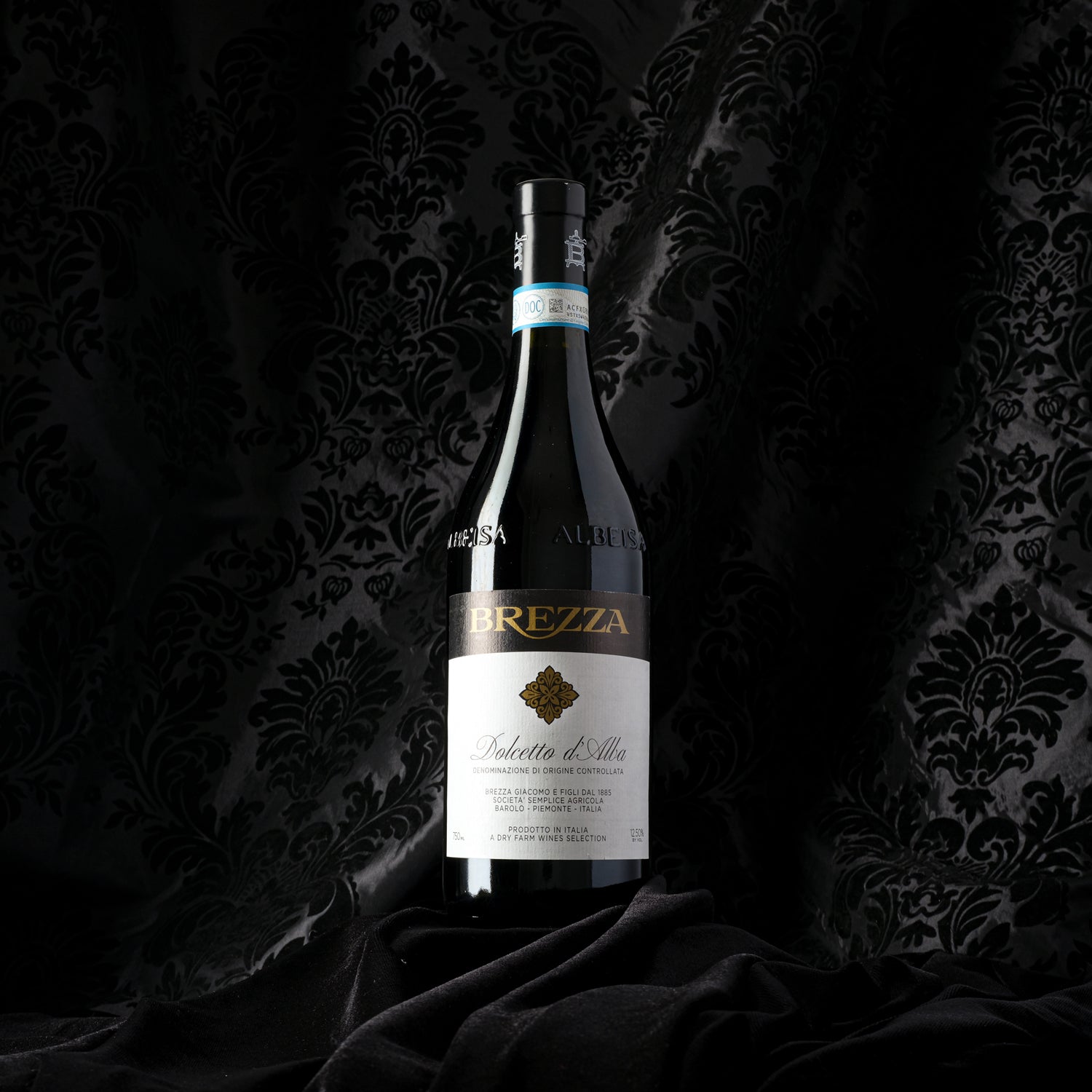
2023 Brezza Dolcetto d'Alba
Varietal
100% Dolcetto
Stemware Recommended
Wide-Bowled Burgundy Stem
Drinking Window
Now until 2026
Tasting Notes
Opening with direct, full-throated expressions of tart cherry and fresh raspberry, it immediately reflects the colloquial name for this wine, "little sweet one." On the palate, these deep, pure fruits notes come through, along with a whiff of dusty Italian earth.
Local Pairing Suggestions
Pollo alla Cacciatora, Risotto con Funghi Porcini, Vitello Tonnato
12.5% Alcohol | 51°F Serving Temp | Decant? None required
The Grower
The winemaking family of the Brezza winery in Barolo have seen plenty of trends come and go in their native land, but have remained fierce guardians of tradition. Their organic wines are defined by their terroir and vintage-driven qualities, as they exclusively age in massive neutral vessels, strictly ferment with native yeast, and have eliminated all unnecessary inputs. All farmwork and harvesting in these vineyards in Dogliani is done by hand to protect the integrity of the vines, the fruit, and ultimately the wines. As one of the great undiscovered gems in this famous Italian wine region, all of their wines should be sought out, laid down, and enjoyed with exclusively wonderful company.
The Vineyard
| Vineyard Altitude | Vine Age | Soil Type |
| 280m | 35 years | Limestone, clay, sand |
The Dolcetto d'Alba DOC comes from two vineyards whose microclimates balance each other. San Lorenzo in Barolo village is facing southwest with sandy marls soils, whereas Santa Rosalia in Alba village is facing west with limestone soils.
The Vintage
In Piemonte, or, more specifically, in Cuneo’s Dogliani, 2023 will be celebrated as a “classic” vintage. After a cold winter with more rainfall than the past few years, the water-stressed vines were primed for a healthy growing season. A warm, temperate Spring was followed in many neighboring regions by a catastrophic summer swell of hail, but fortunately Dogliani was spared. This storm marked a break in the weather, moving into a hot summer that promised ideal ripeness for the Dolcetto grapes.
Winemaking
7 days maceration, controlled low temperature fermentation in stainless steel with native yeasts. Aging 8 months in cement and stainless steel.
FEATURED IN
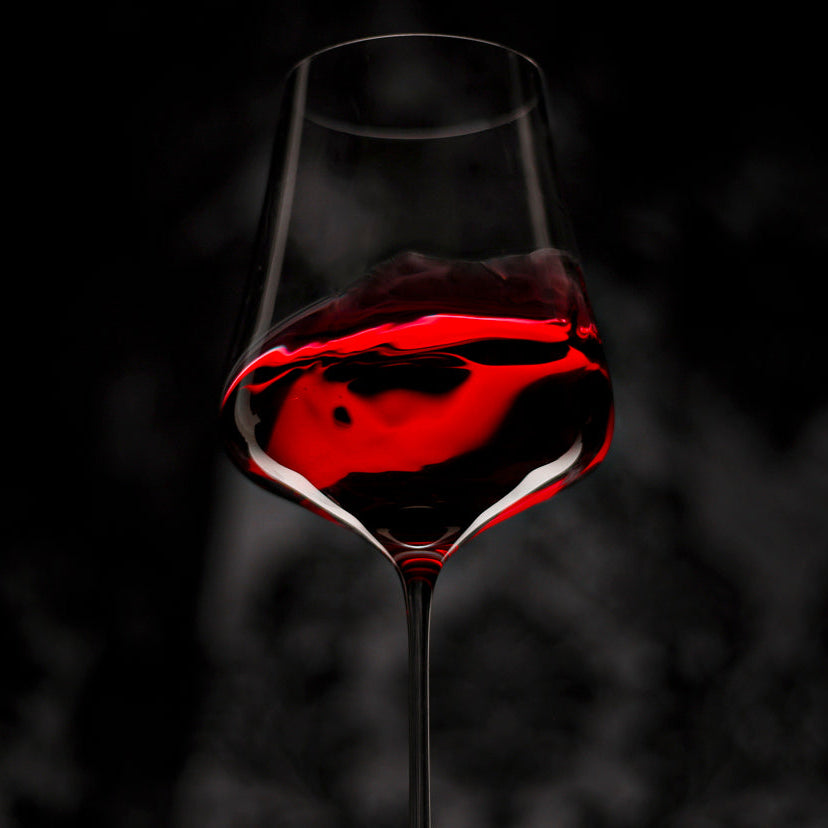
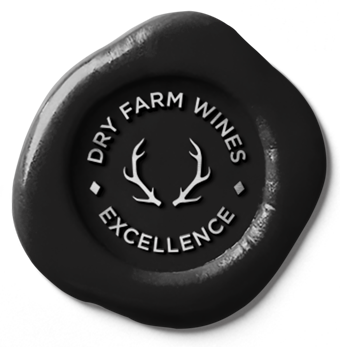
Our Seal of Excellence
A peerless commitment to wine purity. Every bottle of our artisan wine meets these standards:



























